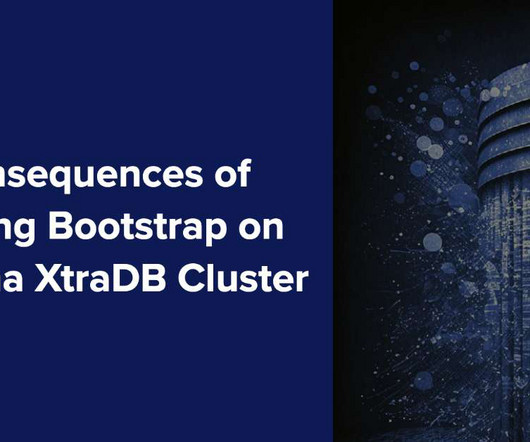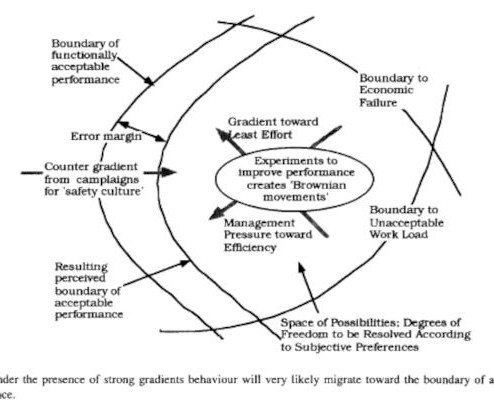O11y Guide: Without Observability, It's Just Code
DZone
JUNE 28, 2023
Welcome to another chapter in the ongoing series I started covering my journey into the world of cloud-native observability. If you missed any of the previous articles, head on back to the introduction for a quick update. After laying out the groundwork for this series in the initial article, I spent time sharing who the observability players are, looked at the ongoing discussion around monitoring pillars versus phases, shared thoughts on architectural level choices being made, and shared the op














Let's personalize your content